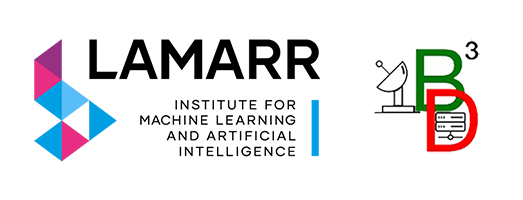Speaker
Description
The GAIA DR3 presents scientists with new opportunities to investigate star clusters due to the increased number of light sources (~1.6 billion) and improved precision of the data. A natural ansatz is now to attempt to create a comprehensive catalogue of star clusters using Machine Learning tools. The specific tools to be used are clustering algorithms, such as DBSCAN, HDBSCAN, and OPTICS. These divide a number of (unlabeled) data points in a metric space (e.g., 3D Euclidean position space or 6D position- velocity space) into mathematical clusters based on their spatial proximity in a process called cluster analysis (or simply clustering). Ideally, a mathematical cluster found by such an algorithm shall correspond to a physical star cluster. To make this happen reliably is the very aim.

